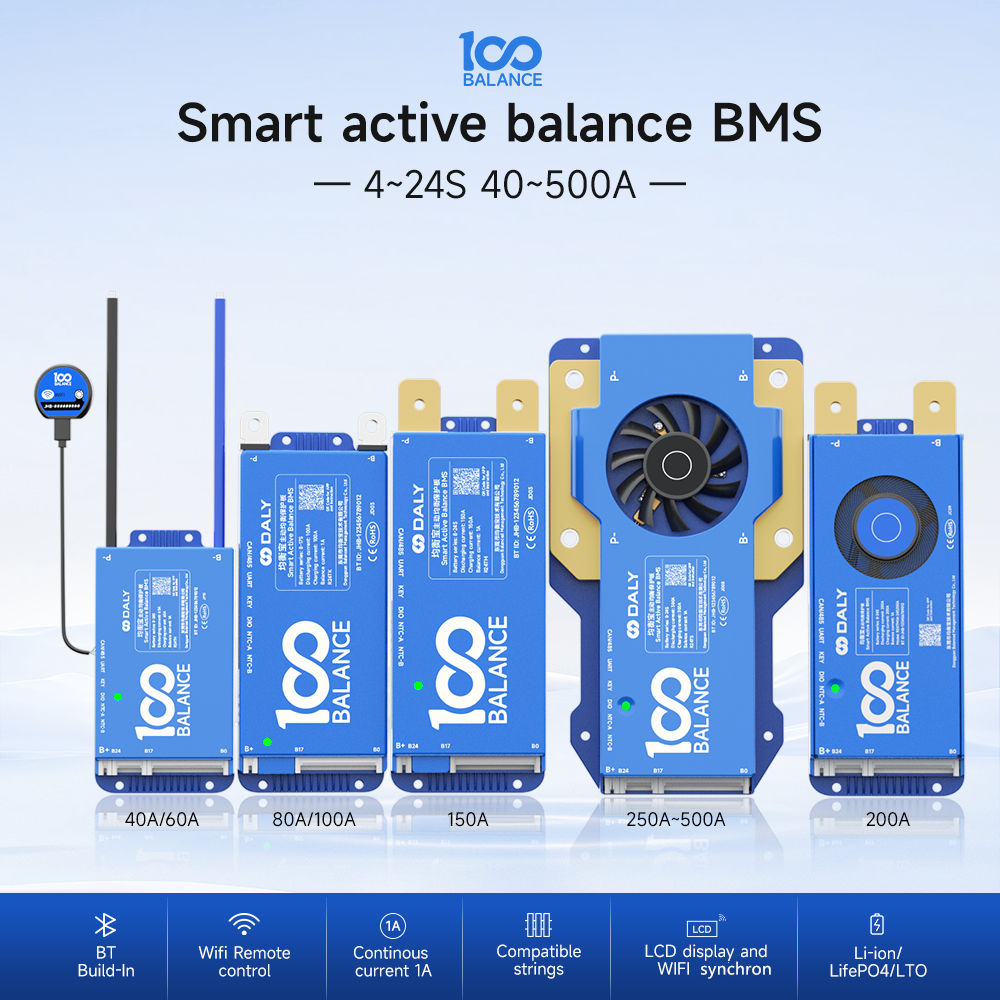

Because each battery's capacity, internal resistance and voltage and other parameter values can not be completely consistent, this difference leads to the charging of the smallest capacity of the battery is easy to over-charge, over-discharge, damage to the smallest battery capacity becomes even smaller, into a vicious cycle.
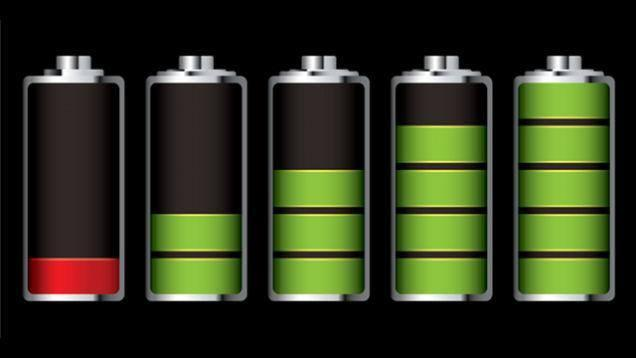
Therefore, the consistency of a single battery will directly affect the charging and discharging characteristics of the whole battery and battery pack capacity reduction.The inconsistency performance of the battery cell mainly includes four points: SOC, internal resistance, self-discharge current and capacity.
However, equalization can not completely solve these four differences, equalization can only make up for the differences in SOC and solve the problem of inconsistent self-discharge. But for internal resistance and capacity, equalization is powerless.
Equalization is used to eliminate the SOC difference of the battery cells, ideally, it keeps the SOC of each cell the same at all times, so that all the cells reach the upper and lower voltage limits of charging and discharging in synchronization, so that the available capacity of the battery pack becomes bigger.
There are two scenarios for the SOC difference, one is that the capacity of the cells is the same while the SOC is different, and the other is that the capacity of the cells is different while the SOC is also different.
The figure below shows scenario 1, where the capacity of the cells is the same and the SOC is different; where the cell with the smallest SOC reaches the lower limit of discharge first (assuming that 25% SOC is the lower limit), and the cell with the largest SOC reaches the upper limit of charging first; under the effect of equalization, all the cells keep the same SOC for charging and discharging.
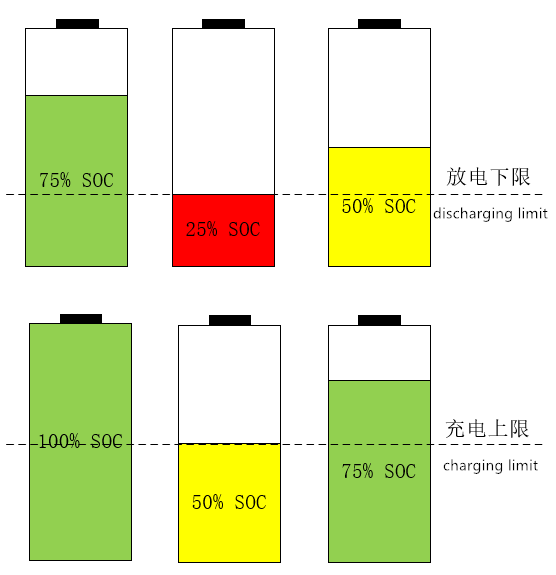
Equalization for different capacity battery cells (Scenario 2), as shown in the figure below, the battery cells have different capacities and different SOCs; so that the cell with the lowest capacity is the first to be fully charged and discharged; under the effect of equalization, all the cells keep the same SOC for charging and discharging.
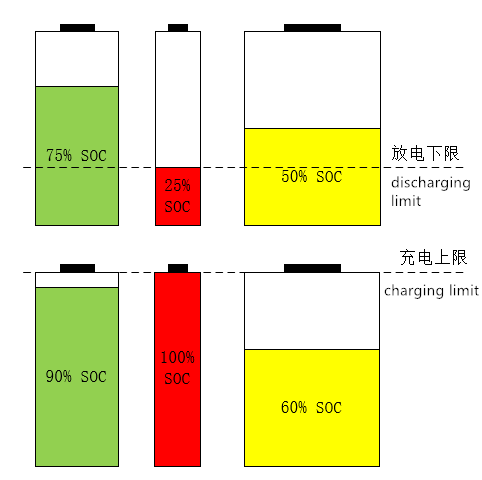
So equalization is a very important function for the battery cell, and the equalization function is divided into two kinds of solutions, active equalization and passive equalization;
Passive equalization works by discharging power to an equalizing resistor, which consumes power by generating heat.
The disadvantage of passive equalization is that it can only do charging equalization, and does not equalize when discharging. In charging equalization, the excess energy is released as heat, making the whole system low efficiency, high power consumption, high heat, usually equalization current is relatively small.
The advantage is that the circuit structure is simple and low cost.

Battery active equalization means: no matter the lithium battery pack in the process of charging, discharging or resting, it can be active equalization for the differences between the battery cells, in order to solve the various inconsistencies generated by the battery into a group due to its own and the use of the process.

The working principle of active equalization is to transfer energy instead of excess power loss. When a certain voltage difference occurs in the battery, the BMS starts the equalization control, and the high-voltage battery transfers energy to the low-voltage battery to increase the voltage of the low-voltage battery cell, which balances the voltage of all batteries in the whole battery pack by "cutting high and filling low", i.e., the energy-transfer type equalization. This extends the operating time of the battery system and extend service life. Compared with passive equalization, active equalization has the advantages of high energy use efficiency and low heat generation during equalization.
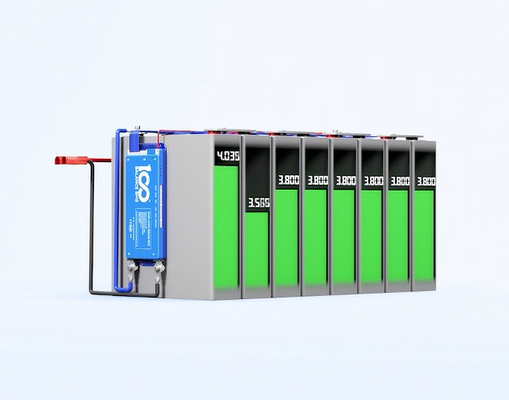
The 100BALANCE Active Equalization Protection BMS Board allows for a maximum continuous equalization current of 1A. The Active Equalization BMS uses bi-directional DC-DC active equalization technology. Bi-directional DC-DC circuit is a kind of circuit which can realize the conversion of electric energy in both directions, and its principle is based on the principle of DC-DC converter. It transfers the high single energy to the battery with low single energy, or replenishes the lowest single battery with the whole group of energy, and redistributes the energy through the energy storage link in the process of implementation to maximize the consistency of the battery, improve the battery range, and slow down the aging of the battery.
